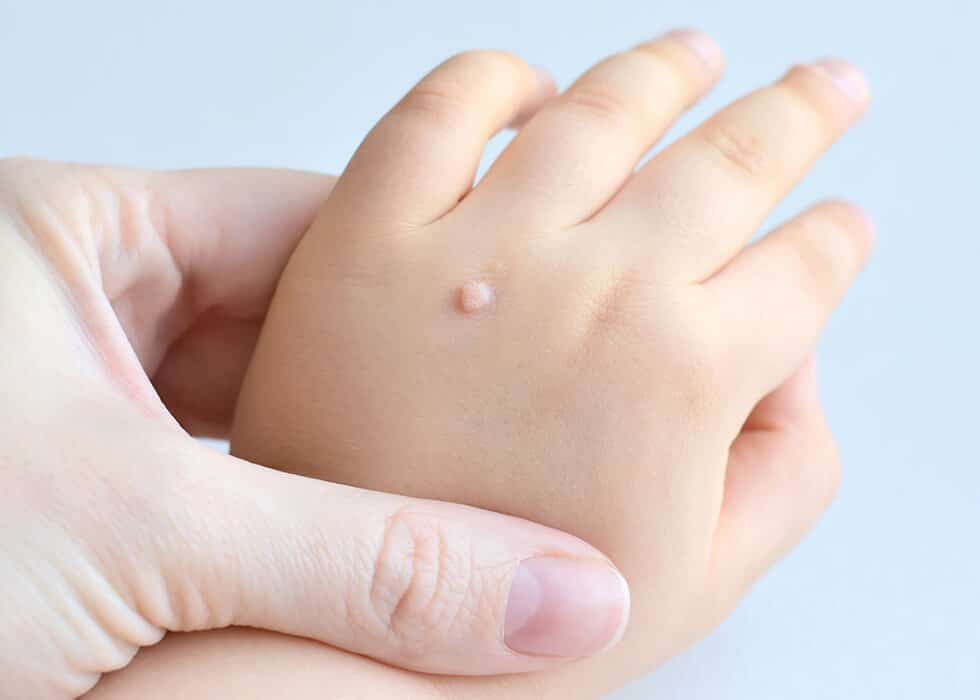Have you ever spotted a small, grainy growth on your skin and wondered what it is? Well, you might have come across a wart. Today, we’re delving into the world of warts and introducing a promising treatment option: Cantharone.
What are Warts?
Warts are small, benign skin growths that look a bit like a cauliflower. They might seem mysterious, but they are caused by a common culprit: the human papillomavirus (HPV).
How Do You Get Warts?
HPV is a widespread, common virus, and there are many strains. Some of these strains can lead to the formation of warts on different parts of the body. Although warts do not spread easily, you can contract them through direct skin-to-skin contact or indirectly by touching a surface that an infected person has touched, like a towel or a doorknob.
Where Might Warts Appear?
Warts can pop up anywhere on your body. There are several types, including:
Common warts: Usually found on fingers and toes.
Plantar warts: Found on the soles of feet.
Flat warts: Common on the face, arms, or thighs.
Filiform warts: Often appear around the mouth, nose, or neck.
What are the Treatment Options for Warts?
Over-the-counter treatments: Many creams, patches, and solutions are available at your local pharmacy.
Cryotherapy: This involves freezing the wart using liquid nitrogen.
Laser treatments: Using focused light to eliminate the wart.
Surgical removal: A medical professional cuts out the wart.
But wait, there’s another option that’s catching our attention: Cantharone Plus.
Introducing Cantharone Plus for Wart Removal
Cantharone Plus, also known as “beetle juice” is a solution derived from the blister beetle. It contains three ingredients: salicylic acid, podophyllin, and cantharidin. When applied by a medical professional, it causes the skin beneath the wart to blister, lifting the wart off the skin and cutting off its blood supply..
What to Expect with Cantharone Plus Treatment:
Application: Your doctor will paint a small amount of Cantharone on the wart. After allowing the liquid to dry, an adhesive bandage will be applied.
Blister formation: In 24 hours, a blister forms beneath the wart. You might feel a bit of discomfort or itchiness as the blister forms. This is normal. Avoid puncturing the blister; it’s your body’s natural way of healing.
Natural shedding: Over the next week, the blistered skin dries up and falls off, taking the wart with it.
Follow-up: Some warts might need a repeat treatment, especially if they are large or stubborn. Always consult your doctor about any concerns.
In conclusion, warts might be pesky, but they are treatable. Cantharone Plus offers a promising alternative to traditional treatments, and it’s always a good idea to discuss with your GP which option is best for you. Remember, while warts might be common, you don’t have to live with them forever!
Book online with Dr Tina Fang or call us on (07) 3852 4878 to book an appointment to discuss wart removal.
References:

